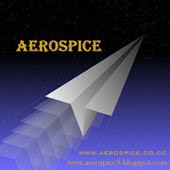In 1921, the Army Aviation Company’s Workshops (FMV) at Malmen/Malmslätt near Linköping got an preliminary order of ten reconnaissance aircraft of Henry Kjellson’s design. The aircraft got the designation S 21 (S = ”Spaning” = ”Reconnaissance” - 21 = 1921, the year of the design). The aircraft had a crew of two - pilot and observer. In these days, aircraft engines was an article in short supply in Sweden. When 22 airship (!) engines type Maybach IVA (260 hp) eventually were obtained from Germany, Kjellson, the chief engineer of FMV, had to design an airframe which suited this engine.
The first S 21 was delivered in 1922. During the trials, several shortcomings were discovered. After some amendments, the other nine airframes were built in 1923-1924. Notwithstanding a long tail, the aircraft was nose-heavy. In the end of 1924, three of the ten aircraft were written(Read More)......










